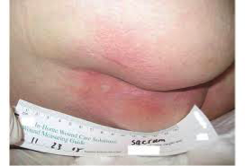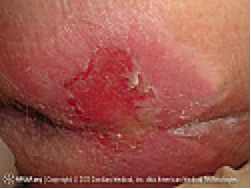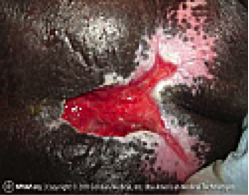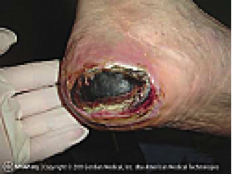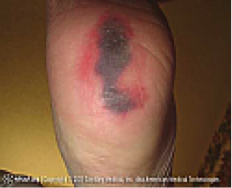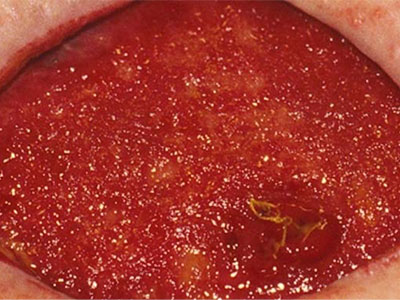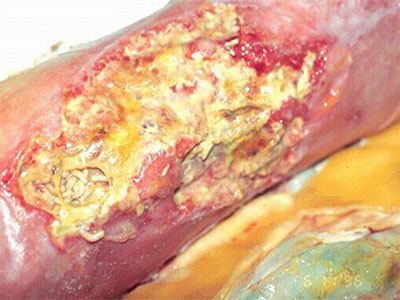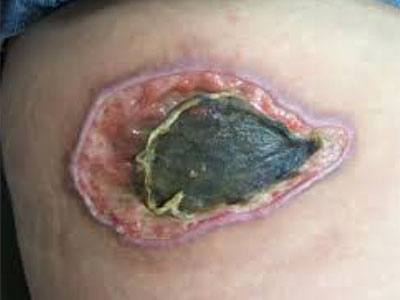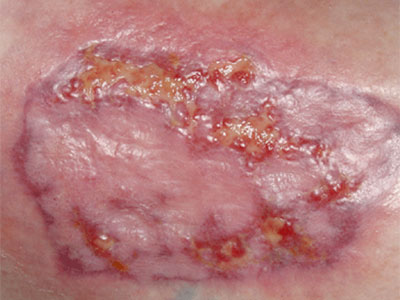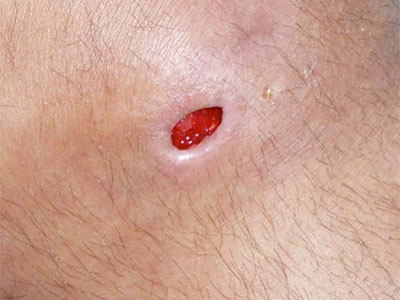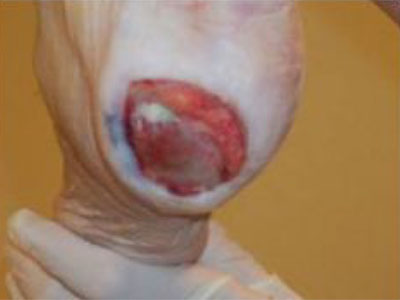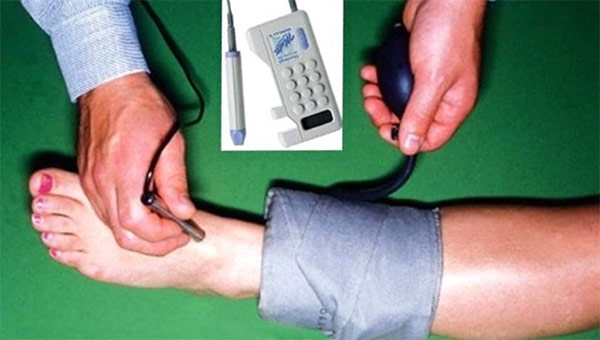Clinical Pathways for the 5 Wound Types
Choose a wound type to view the associated clinical pathways and guidelines.
Pressure Ulcer Pathway
References
Pieper, B. (2012). Pressure ulcers: impact, etiology, and classification. In R.A. Bryant and D.P. Nix (Eds.), Acute and chronic wounds. Current management concepts. Fourth edition. (pp122-136).St. Louis, MO: Elsevier Mosby
NPUAP-EPUAP International pressure ulcer prevention and treatment guidelines. http://www.npuap.org. Retrieved May 7, 2014.
